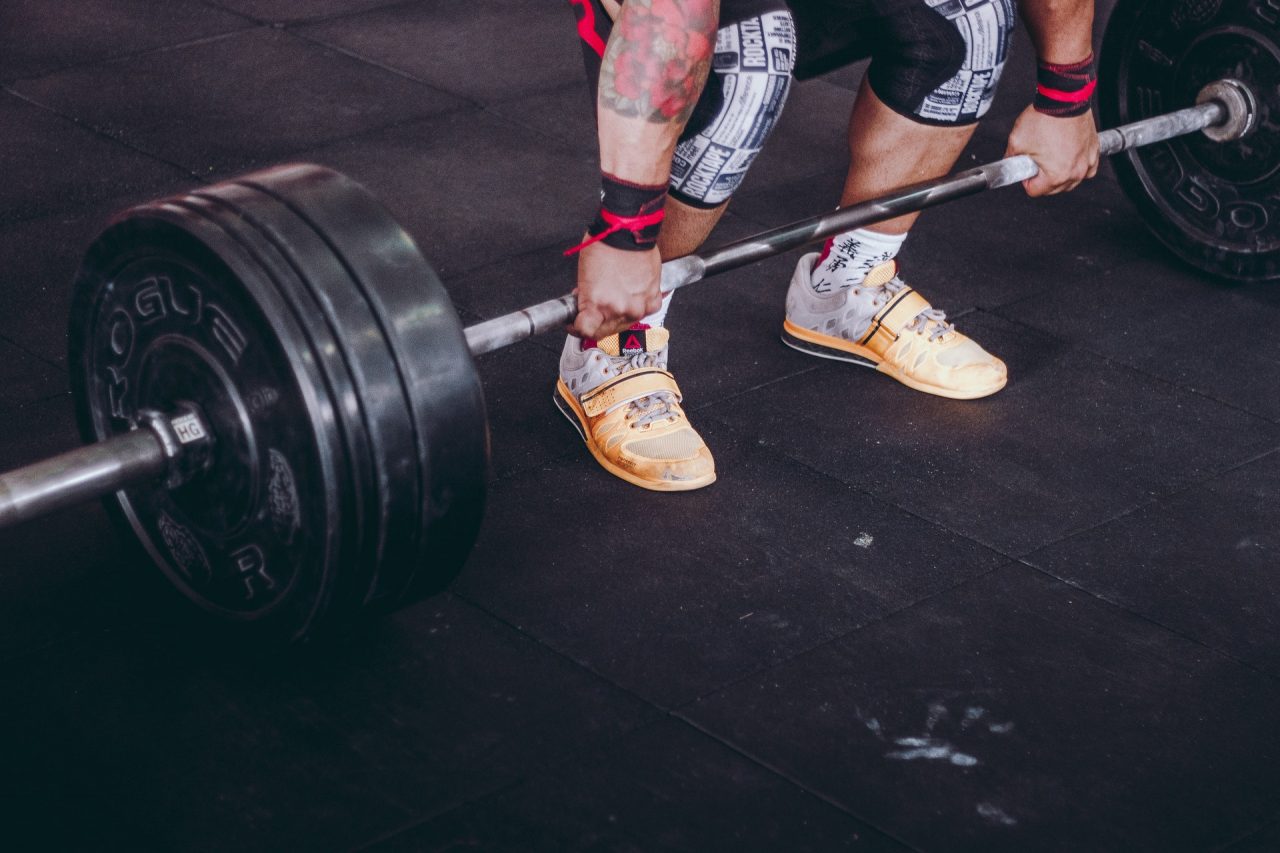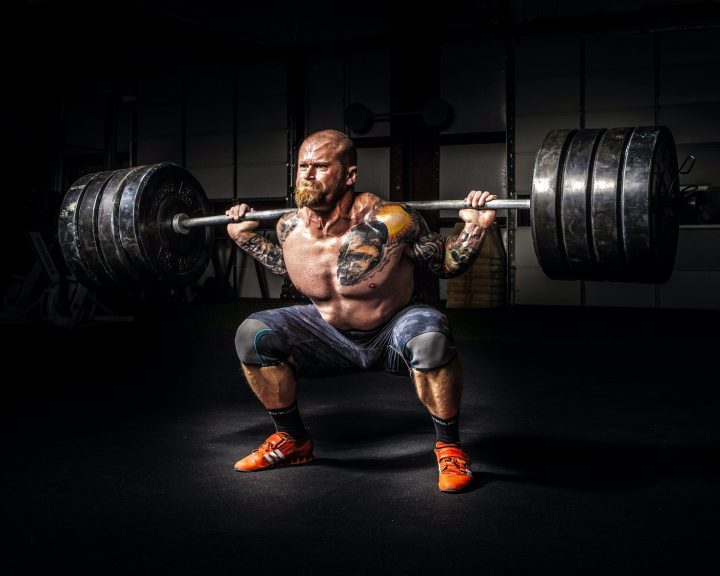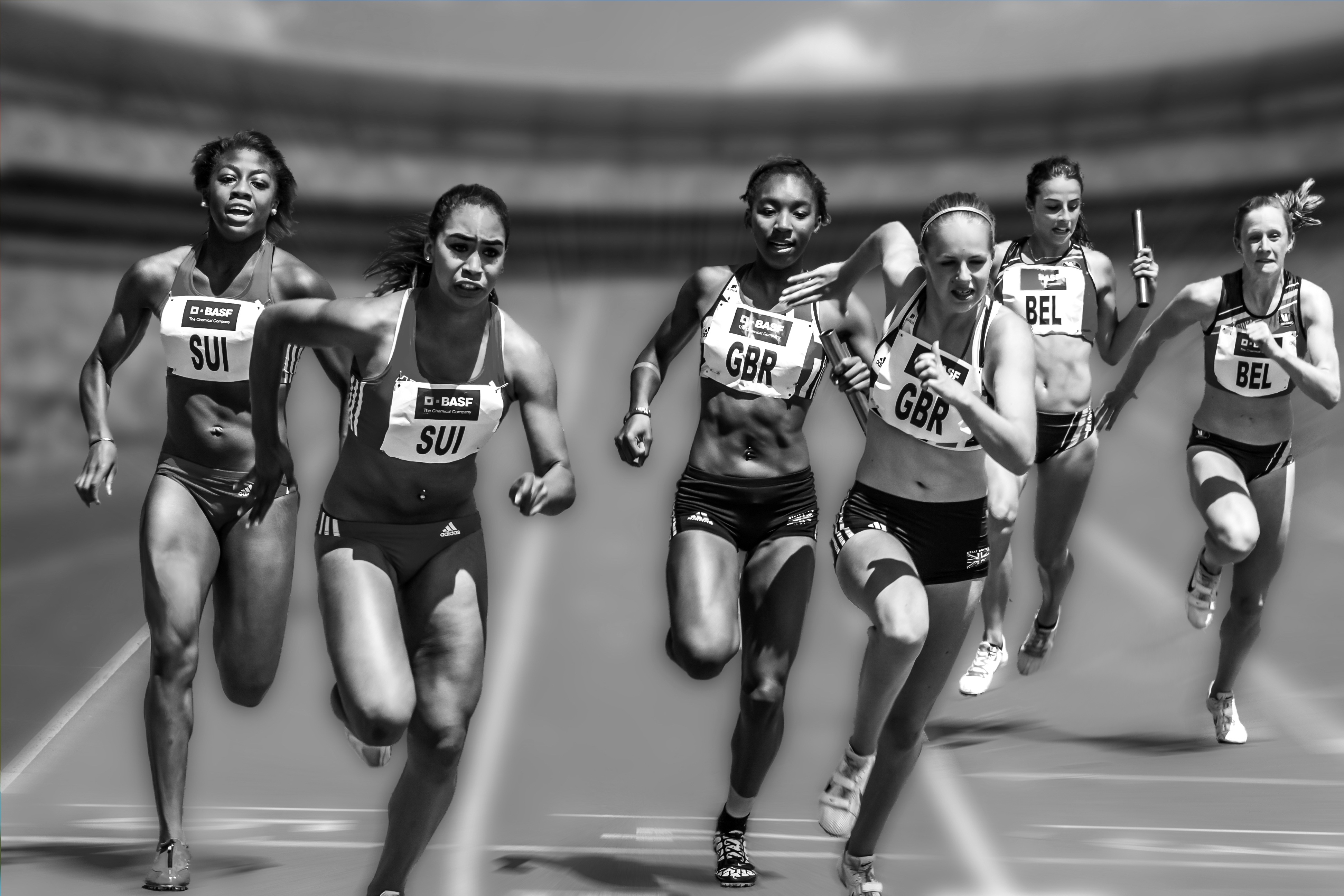Maximal strength, as measured by 1-RM, is a foundation of planning and programming the strength and conditioning of athletes. A lot of strength training is programmed based on a percentage of 1-RM of a lift. However, 1-RM testing does present a chance of injury from the testing and it sucks up time that could be spent training – so if a reliable way to estimate 1-RM could be found then this might eliminate the need to test for 1-RM.
Jukic et al, in the Journal of Strength and Conditioning Research, conducted a study to see if movement velocity could be used to predict deadlift 1-RM with and without straps. Their subjects were able (on average) to deadlift almost 190% of bodyweight without straps and almost 210% of bodyweight with straps.
Essentially subjects were asked to do a 1-RM on the deadlift using straps and without straps. The velocities of the warm ups (20%, 40%, 60%, 80%, and 90% of 1-RM) were compared to the velocity of the 1-RM using different statistical models to see if the velocities could accurately predict the 1-RM. Basically the best that the models could do is the underestimate deadlift 1-RM without straps by 7kg and 1-RM with straps by 15kg!
At least so far, if you need to know the deadlift 1-RM you are going to have to test the 1-RM. The authors had a great standard about looking for that; either the weight could not be moved or the technical model of the lift broke down.
Jukic, I., Garcia-Ramos, A., Malecek, J., Omcirk, D., and Tufano, J.J. (2022). Repetition maximum during deadlifts performed with and without lifting straps: The accuracy of six prediction models. Journal of Strength and Conditioning Research, 36(4), 902-910.



